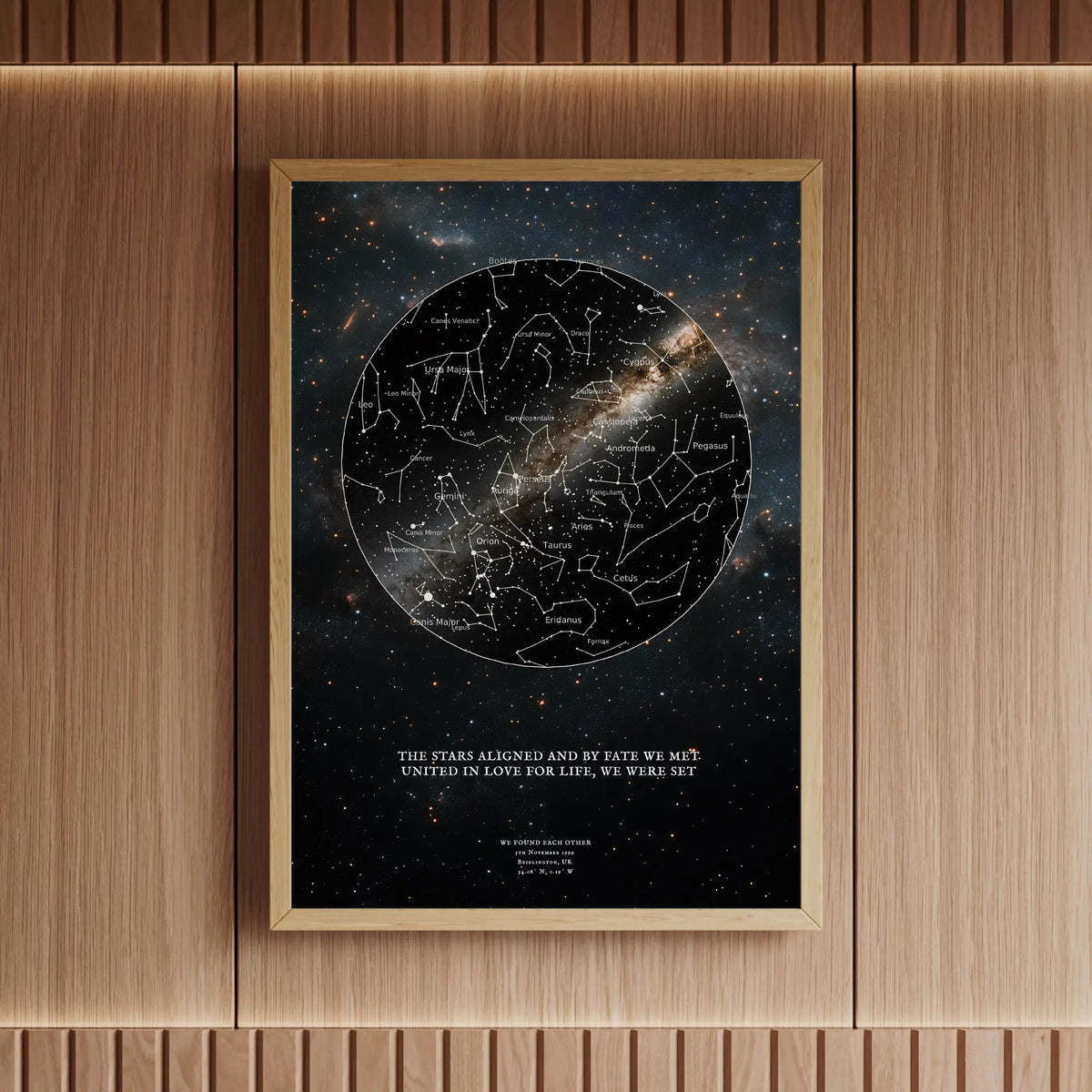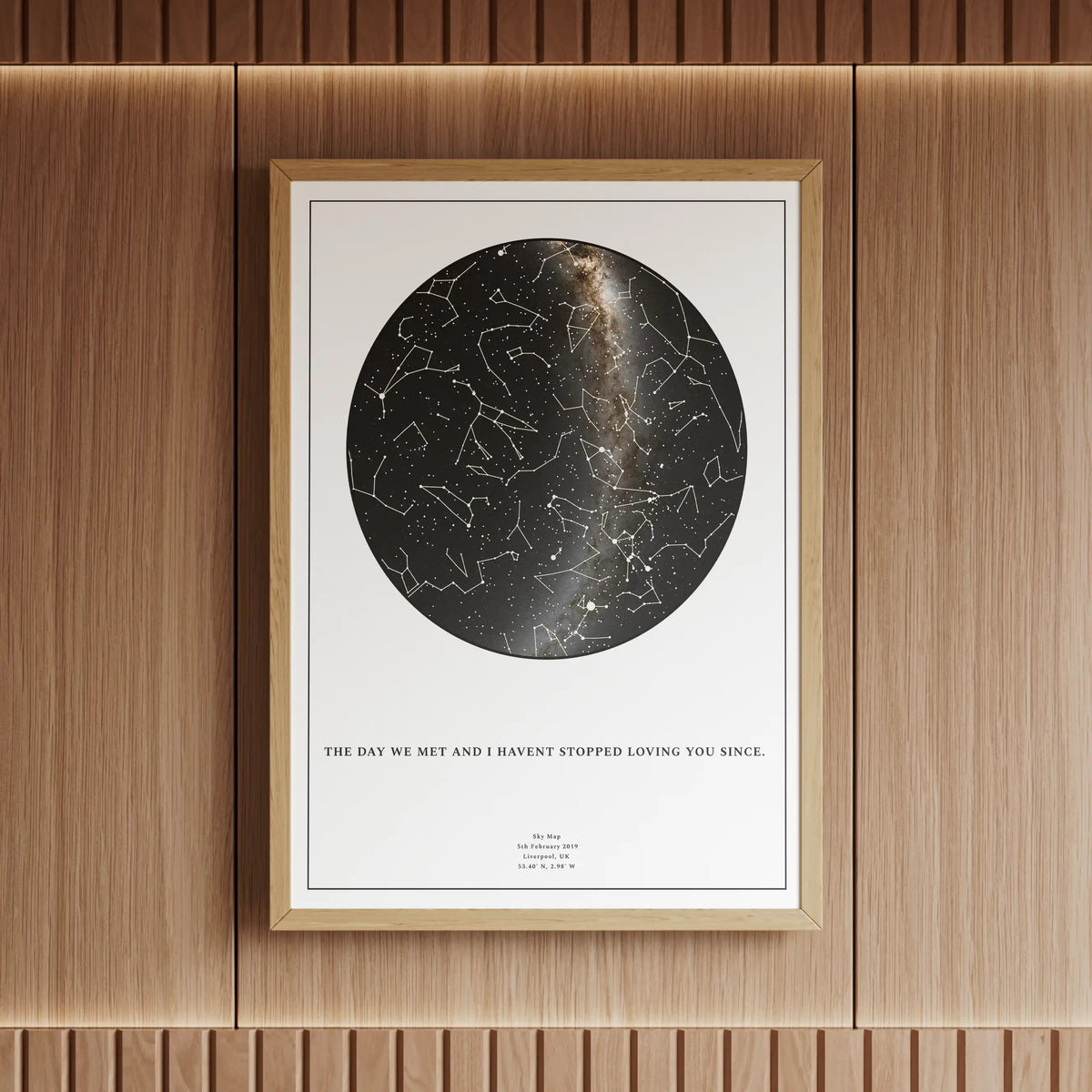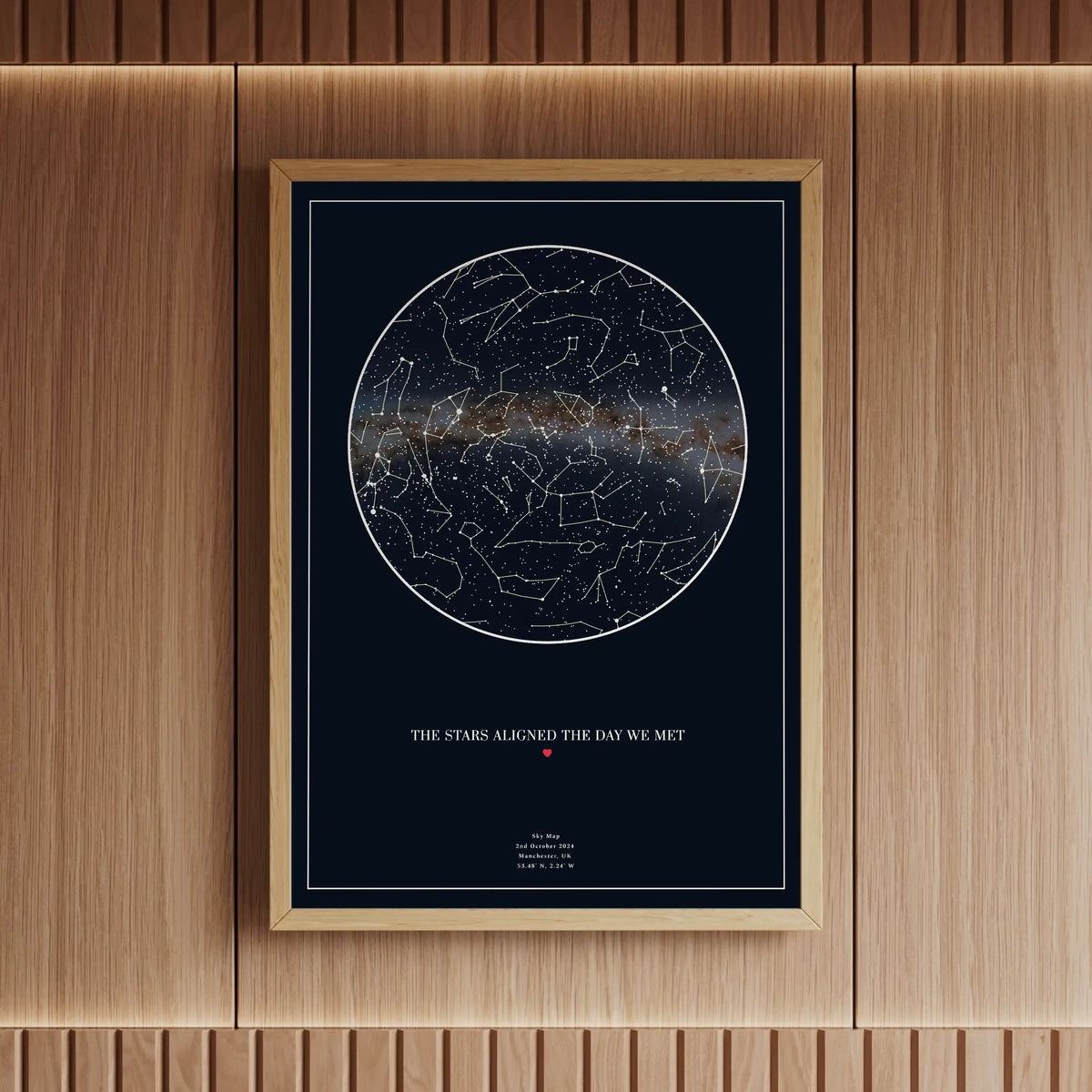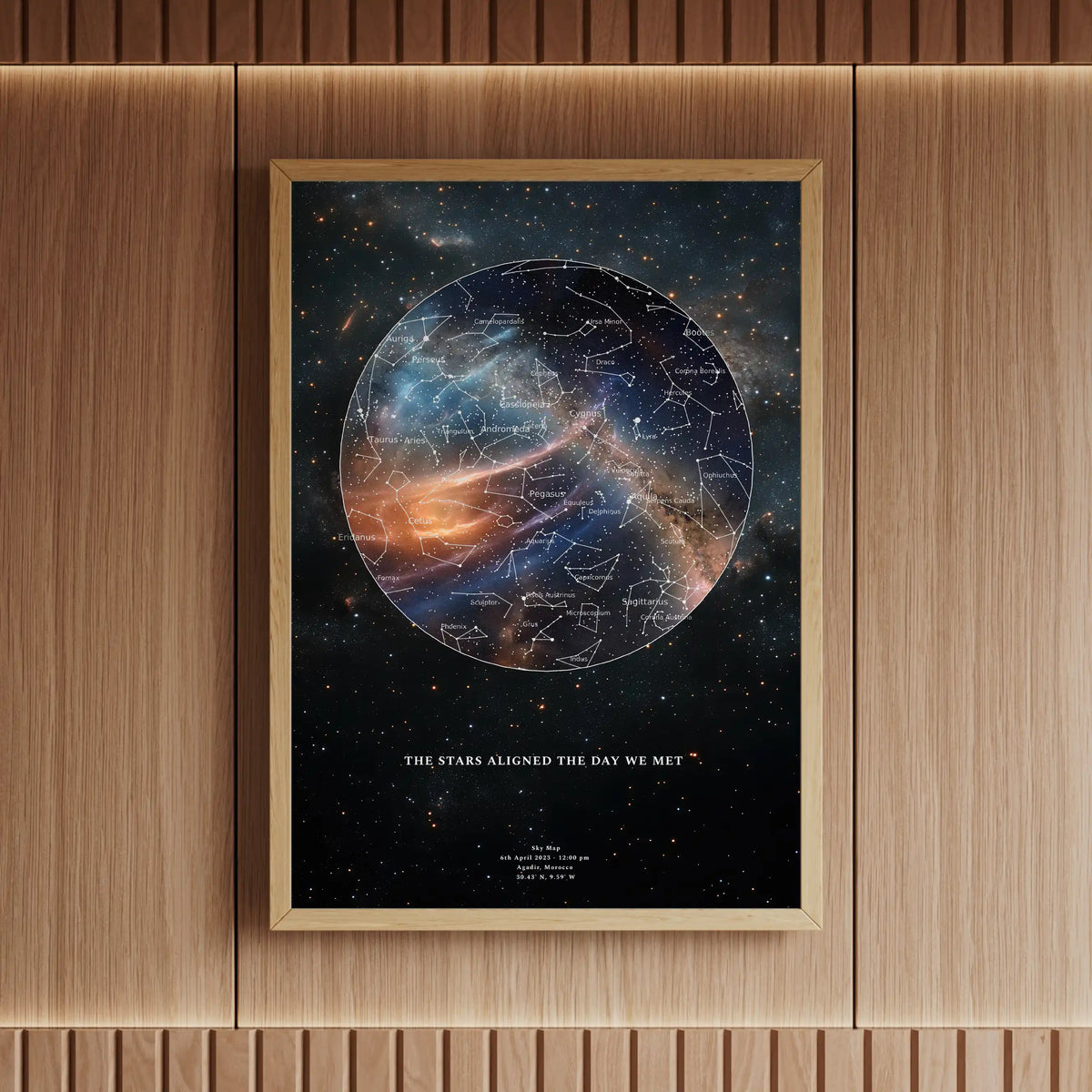In a solar first, ESA/NASA’s Solar Orbiter has captured images of the Sun’s south pole—offering a direct view of magnetic phenomena that until now were hidden from sight. This marks a pivotal moment in our understanding of the star that sustains life on Earth.
Introduction
Until now, our view of the Sun was limited to its equatorial and mid-latitude regions. But in June 2025, Solar Orbiter broke that barrier by tilting 15° below the solar equator to capture the first images of our star’s south pole. These views are set to rewrite our understanding of solar magnetism.
Why Direct Pole Views Matter
The Sun’s polar regions are key to solar magnetism—the flip cycle that powers solar flares and coronal mass ejections. Magnetic fields generated at the poles eventually reverse, marking the start and end of solar cycles. Observing this directly allows scientists to validate models and predict space weather that affects satellites and terrestrial infrastructure.
“These views from our Solar Orbiter mission are the beginning of a new era of solar science.” – Carole Mundell, ESA’s Director of Science
Solar Orbiter Mission Overview
Launched in 2020, Solar Orbiter travels in a highly inclined orbit, aiming for up to 33° of solar tilt by 2029. Its suite of instruments captures magnetograms, ultraviolet imageries and particle measurements—all crucial for understanding field reversals and heliospheric dynamics.
Initial Findings
Early data shows a surprising mix of positive and negative magnetic regions—much like a jigsaw puzzle. These mixed-polarity patches could influence how the Sun pumps energy into the solar wind and modulate space weather events.
Impact on Earth
Understanding the Sun’s poles helps predict when solar storms might arrive at Earth. With better forecasts, satellite operators can take evasive action, power grid managers can prepare, and space missions can adjust operations to reduce radiation exposure.
Skylit Studio’s Reflection
At Skylit Studio, our fascination with the sky extends from planetary maps to the dynamic nature of our Sun. When we craft star maps, we’re tracing a moment in cosmic history. Solar Orbiter’s work reminds us that even our nearest star holds secrets—and every map is part of an ongoing story.
Explore Your Star MapConclusion
Solar Orbiter’s south pole imagery isn't just a scientific milestone—it’s a reminder of the Sun’s mystery and its influence on Earth. As our understanding deepens, so does the story we map across our skies.










